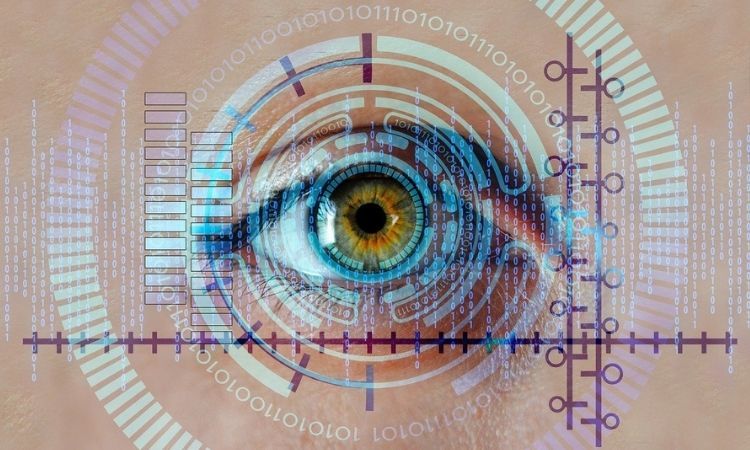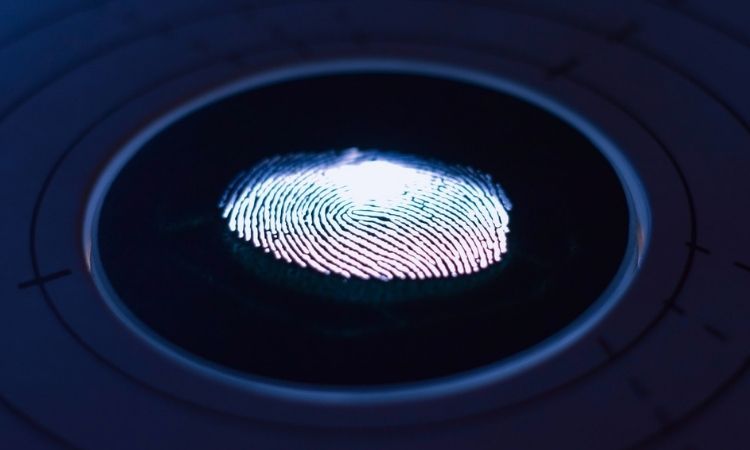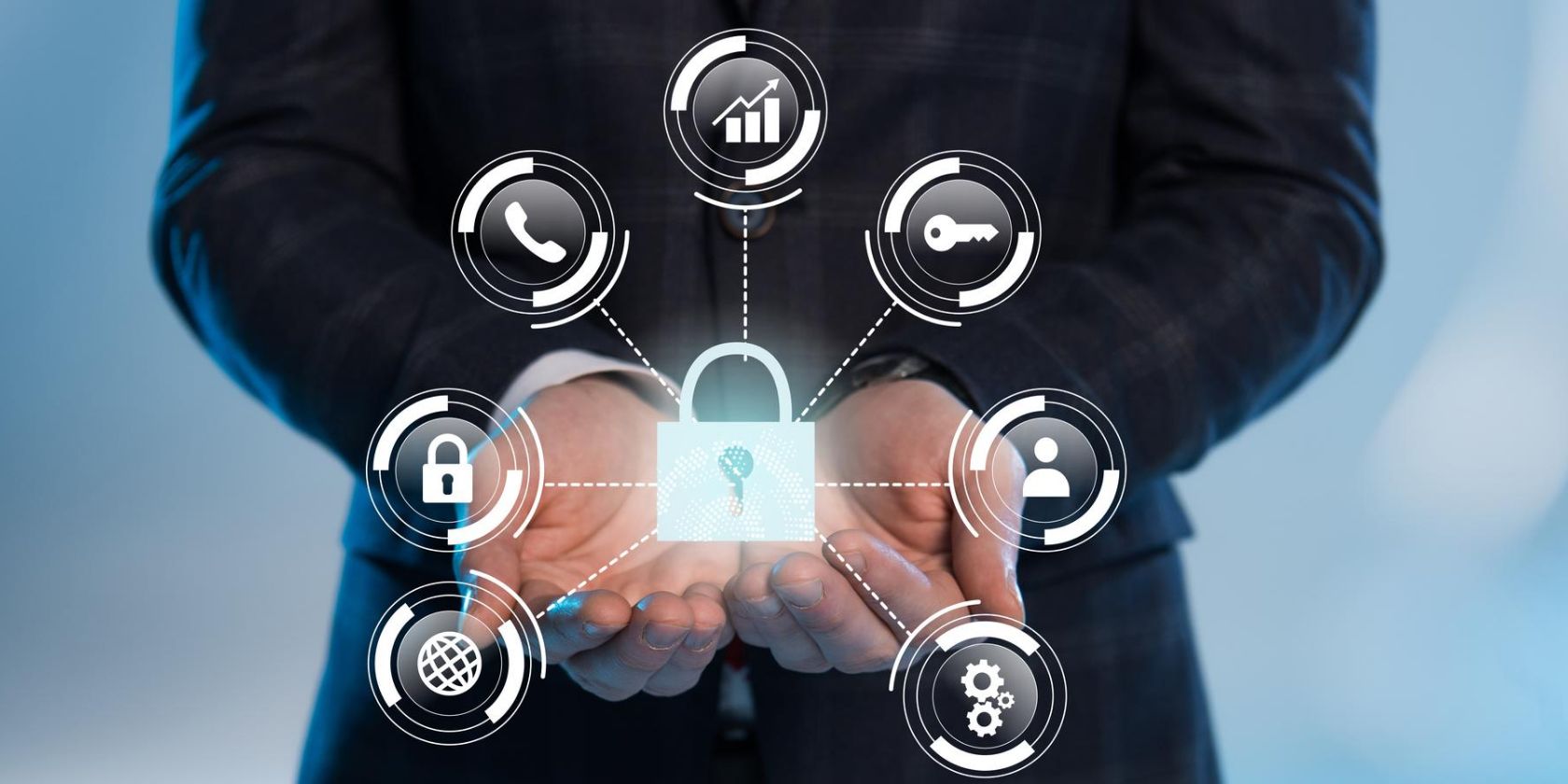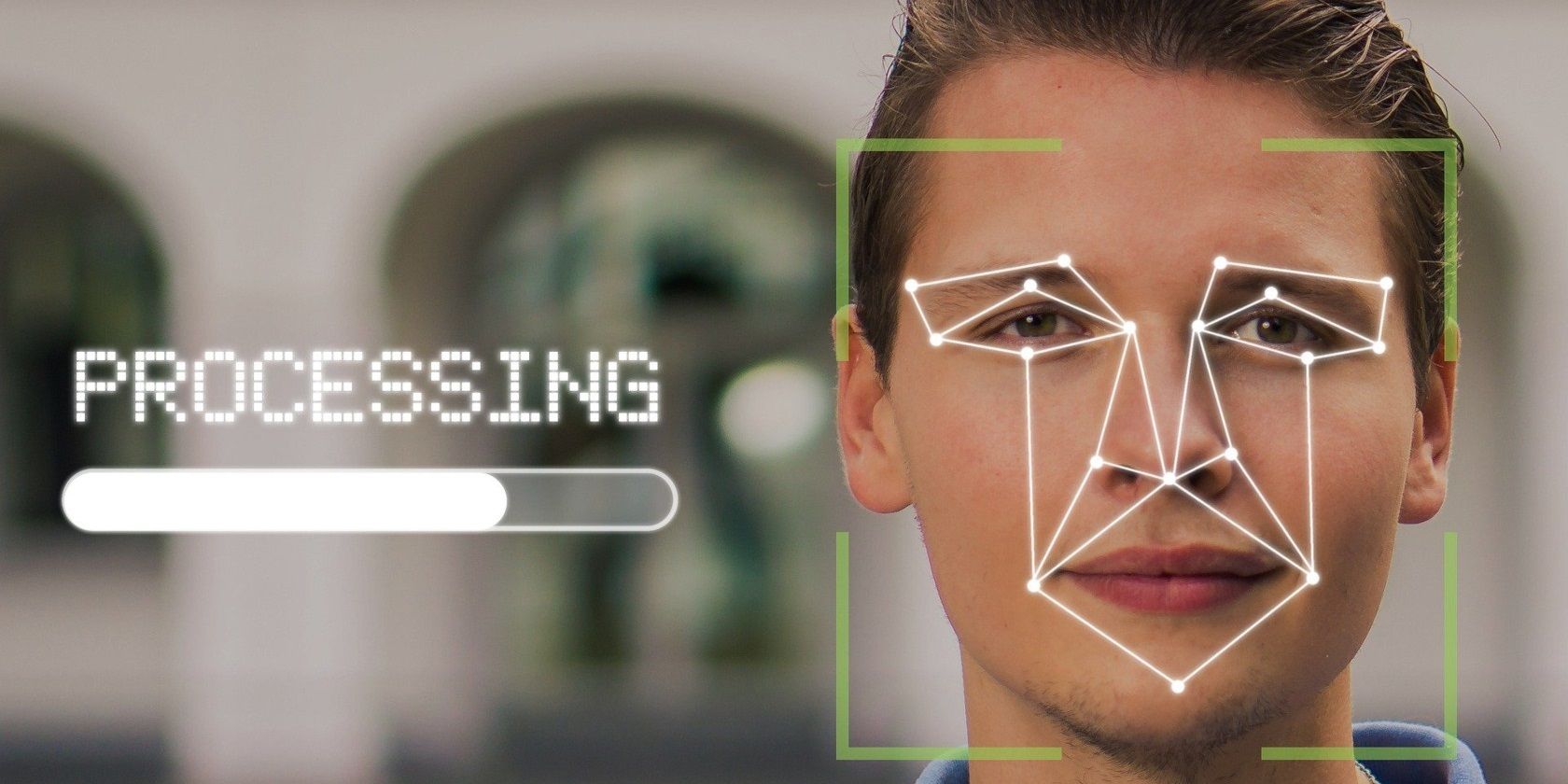Technology has permeated almost every aspect of modern life—and as our world has become more digitalized, it has become more difficult to protect sensitive information. Data security measures like keys and passwords are no longer adequate. In fact, passwords pose a security risk to many systems because they are easily cracked.
With the prevalence of security breaches and identity theft, it is clear that hack-proof security demands more robust authentication methods. Biometric security systems are one such approach. This article will look at what biometrics are and why biometric security is the future of authentication.
What Are Biometrics?
Biometric is derived from two Greek words: bio, meaning life, and metric, meaning measure. This means biometrics, in its purest term, is a measure of each person's biological traits. From fingerprints to palm prints to gait and facial contortions, no two persons have the same biometrics—not even twins.
This uniqueness makes biometrics a reliable means of identifying people as it uses biological characteristics that are harder to copy than a pin or password. Also, biometric security is quick and convenient—you don't have to memorize strings of complex pins or passwords. Users can't forget or misplace their biometrics, unlike passwords, KYC responses, or authentication tokens.
Most importantly, it would be really difficult (and probably gruesome) to hack a biometric-protected system. The same cannot be said for password-protected systems.
How Do Biometrics Work?
The entire security structure of biometrics authentication is based on comparison. Biometric systems capture and store individual characteristics that remain constant over time, such as fingerprints, voice, retinal patterns, facial recognition, and hand patterns. When a user makes an authentication request, the system compares their biometrics with the data in the database. If there's an accurate match, access is granted. All biometric systems are made of three basic components:
- A sensor or reader for recording and scanning the biometric factor being used for identification
- A program or software that converts the recorded or scanned data into digital formats and compares any new data with the stored one.
- A database that holds the biometric data so the program can run a comparison check.
A Brief History of Biometrics
Using biometrics as a means of identifying people can be traced as far back as the Babylonians. Fingerprints were used on clay tablets during Babylonian business transactions in 500 BC, according to research evidence. Also, Chinese merchants in the fourteenth century used children's palms and footprints to identify them. Moreover, in ancient Egypt, traders were distinguished by their physical characteristics.
However, the first system that properly used biometrics as a means for identification wasn't developed until the 1800s by a French police officer named Alphonse Bertillon. Bertillon created an identification system for criminals based on their physical measurements. Although this system was flawed, it was more efficient than using just names and photos, which gave rise to using physical traits to authenticate identity.
The modern science of collecting, classifying, and comparing fingerprints, on the other hand, dates back to 1880. That's when Dr. Henry Faulds, a British physician, published his research on fingerprints and proposed that they could be used for personal identification. Dr. Faulds also invented the traditional ink-based fingerprint collection method.
An anthropologist named Sir Francis Galton quickly advanced Dr. Faulds' groundbreaking science by identifying and naming the main patterns found in fingerprints, such as the loop, whorl, and arch. By 1900, his friend, Sir Edward Richard Henry, developed the fingerprint classification system still in use today.
There are different kinds of biometrics, and each is best suited for different use cases. Let's check out the categories.
The Different Kinds of Biometrics
Biometrics are usually sorted into two groups:
1. Physical Biometrics
As the name implies, physical biometrics are based on unique biological markers like your palm prints, fingerprint, vein striations, iris and retina blood vessel pattern, and voiceprint. These features can be mapped by scanners and used for identification and authentication.
2. Behavioral Biometrics
Behavioral biometrics are based on the analysis of each individual's unique patterns and habits. This biometrics system uses habits like typing speed, gait, and handwriting to identify users. Systems that use this method would have sensors with artificial technology that monitor and identify these unique mannerisms before granting access.
Why Are Biometrics Important in Security?
According to the 2019 Verizon Data Breach Investigations Report, passwords accounted for an astounding 81 percent of data breaches. Using biometrics for security reduces the possibility of hacking and account takeover fraud by requiring the person initiating authentication to prove they are who they say they are.
Biometrics is important for digital identity security for a variety of reasons:
- Biometrics are accurate. Biometrics authentication is based on an individual's unique physiological and behavioral aspects, which are significantly harder to copy. Passwords and pins can easily be shared or copied, but it is much harder or near impossible to copy another person's biometrics. Therefore, biometrics are accurate but, unfortunately, not foolproof. To protect your privacy, stay up to date with ways to make your chosen biometrics more secure.
- Biometrics are fraud-proof. Modern biometric systems are thieves and hackers' nightmares as they are built with fail-safes if biometric data is stolen or compromised. For example, a stolen palm print would be useless as the system would also check for pulse and heat. Biometric authentication also prevents fraudsters from creating multiple false digital identities. Examining existing biometric data reveals people who have already registered with a different identity.
- Biometrics are quick and seamless. Most biometric systems are built to offer a speedy and frictionless experience. This rapid confirmation process can come in handy during security emergencies where users need quick access to secure files or systems.
Why Are Biometrics Important in Business?
Businesses that deal with sensitive data and information will benefit from the added protection biometrics provide. These include:
- Quicker processes. With biometric systems, user enrollment and verification take very little time. That means you need less staff to manage enrollment and authentication issues, which means less time wasted on human error. Businesses can and should add biometric authentication to their logins to prevent unauthorized access.
- Cost-effectiveness. Opting for biometric security is an economic decision for businesses serious about security, especially in the long run. Because of the familiarity and wide availability of fingerprint devices, fingerprint biometrics is a very cost-effective user authentication technique. To boot, biometric data usually requires little storage space, which reduces the size of the required database memory.
- Theft prevention. Biometrics can be required for authenticating financial transactions. This helps in thwarting fraudulent transactions not initiated by authorized personnel. In addition, businesses with a biometric database of customers can reliably perform an identity check. For example, customers attempting to change sensitive financial information may be required to submit a biometric check. Retailers also use a biometric system to identify shoplifters from legitimate customers as soon as they enter the store.
- Simplified record-keeping. Businesses set up a biometrics system to provide accurate attendance records for staff.
The Future of Biometrics
Due to the numerous benefits of using biometrics, it's safe to say it is the future of security systems. Here are some of the predicted future trends to look out for :
- Multimodal Biometric Authentication. This is when multiple biometric systems are used for authentication at once. This setup prevents biometric spoofing and tightens security.
- Biometric Payment Systems. Companies like Amazon now offer the option of checking out at some of their stores with palm prints. We expect more companies to adopt similar systems soon to reduce waiting times significantly.
- Voice Recognition. One of the modern trends in biometrics is voice recognition and voice control of devices. Devices like cars and smart TVs can now be controlled by a human voice, eliminating the need for buttons and dials. With technological advancement across spheres, this will probably soon be a norm with IoT devices.
Better Biometrics
Biometric security systems will continue to gain popularity as organizations and individuals alike seek more secure authentication methods for user access, commerce, and other security applications. Widespread and accountable use of biometric technology will aid in the fight against rising fraud in our society. While 100% security is not guaranteed with biometrics yet, there is gradual advancement towards perfecting biometric security systems.







